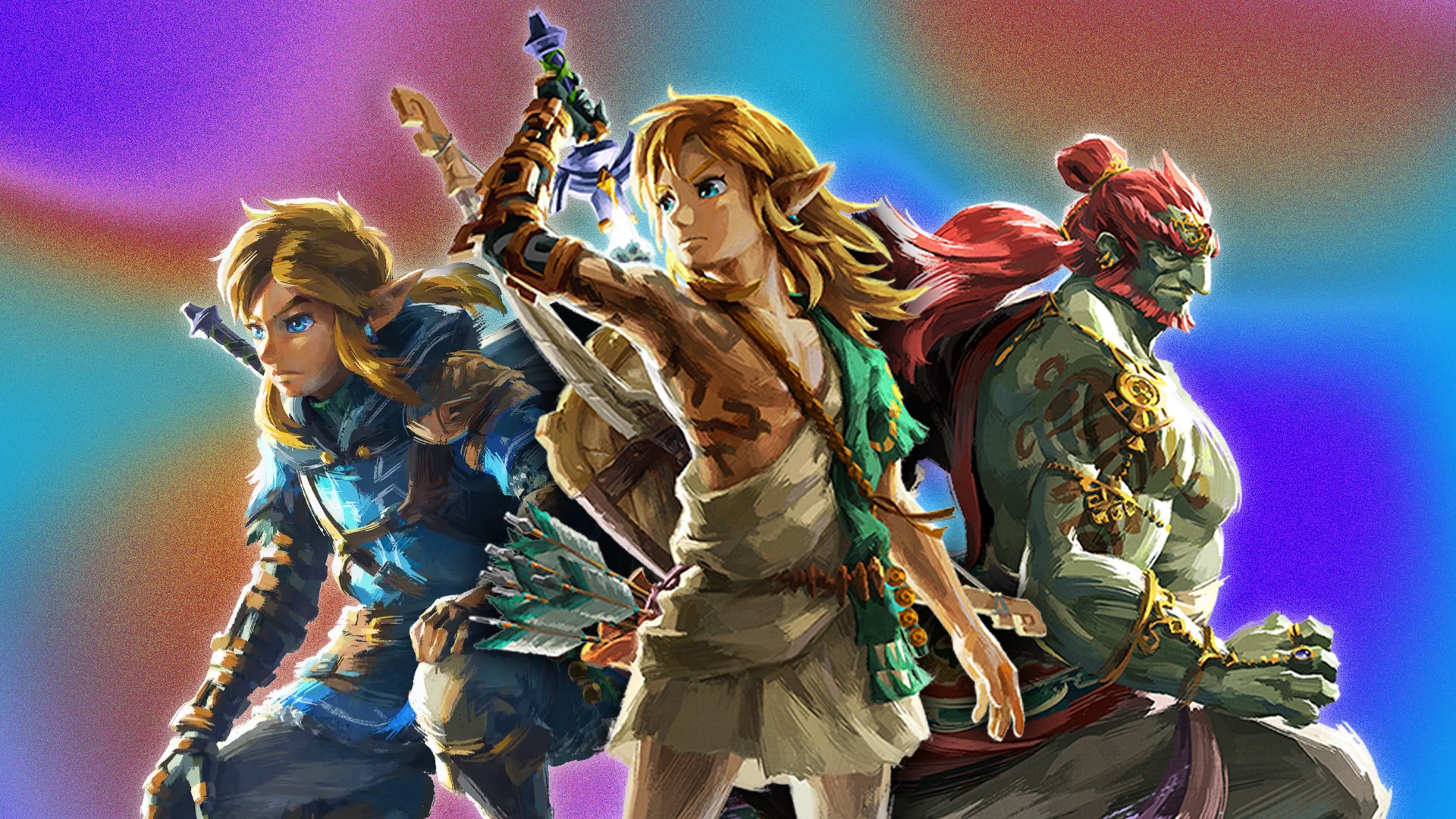
Summary:
We delve into the visionary approach of director Hidemaro Fujibayashi in bringing the enchanting world of The Legend of Zelda to life. Discover how Tears of the Kingdom goes beyond traditional game design to make NPCs feel truly alive, explore the passage of time in the game, and witness the evolution of character interactions. This article peels back the layers of game development, highlighting Fujibayashi’s commitment to creating a vibrant, living world that captivates players. Join us on this journey into the heart of Zelda’s latest adventure.
Hidemaro Fujibayashi’s Vision for Tears of the Kingdom
In this section, we delve into the creative mind of Hidemaro Fujibayashi, the director behind The Legend of Zelda: Tears of the Kingdom. Fujibayashi’s vision for this highly anticipated sequel was to elevate the gaming experience by making the open world feel truly alive. He aimed to break away from the conventional and create an environment where players could immerse themselves in a living, breathing Hyrule.
Making the Open World Feel Lived In
One of the key aspects of achieving this vision was making the open world feel lived in. Fujibayashi and his team wanted players to explore a Hyrule that had evolved since the events of Breath of the Wild. They didn’t want NPCs to be static, waiting for the protagonist, Link, to interact with them. Instead, they aimed to create an ecosystem of characters who had their own lives and routines, even when Link wasn’t around.
NPC Interactions and Character Development
Tears of the Kingdom takes a bold step in character development by ensuring that every character feels alive. This approach extends beyond Princess Zelda; it encompasses all inhabitants of Hyrule. Each character’s dialogue changes depending on the current situation, creating a sense of continuity and depth in the narrative. The NPCs you encounter aren’t mere placeholders; they’re individuals with their own stories, struggles, and aspirations.
Time Progression in Tears of the Kingdom
One of the most intriguing aspects of Tears of the Kingdom is its portrayal of time progression. The game is set in the aftermath of Breath of the Wild, and Fujibayashi wanted players to witness how the world and its denizens had adapted to the changing circumstances. This dynamic approach to storytelling adds a layer of realism and immersion rarely seen in video games.
Building on the Legacy of Breath of the Wild
Tears of the Kingdom doesn’t exist in isolation; it builds on the legacy of its predecessor, Breath of the Wild. The expansive open world, the freedom of exploration, and the attention to detail that made Breath of the Wild a classic are further refined in this sequel. It’s a testament to Fujibayashi’s commitment to preserving what worked while pushing the boundaries of the Zelda universe.
The Impact of Link’s Actions
While the world continues to evolve, Link’s actions play a pivotal role. As the hero of Hyrule, his interactions and decisions shape the course of the game. Fujibayashi’s team ensured that Link’s impact on the world and its characters is palpable, creating a dynamic narrative where the player’s choices matter.
Evolving Dialogue for Immersion
To achieve the goal of a truly lived-in world, Tears of the Kingdom features evolving dialogue. Characters react to the changing circumstances, and their conversations with Link reflect the ongoing events. This attention to detail immerses players in the narrative, making them feel like active participants in the story.
Conclusion
In conclusion, Tears of the Kingdom is more than just a game; it’s an interactive journey into a meticulously crafted world where time flows, characters evolve, and immersion knows no bounds. Director Hidemaro Fujibayashi’s dedication to creating a lived-in Hyrule has resulted in a gaming experience that sets new standards for open-world adventures. As players embark on this quest, they’ll find themselves not merely playing a game but living an epic adventure.
FAQs
- 1. How does Tears of the Kingdom’s open world differ from previous Zelda games?
- Tears of the Kingdom introduces a dynamic open world where NPCs have their own lives and routines, making Hyrule feel truly alive.
- 2. What role does time progression play in Tears of the Kingdom?
- Time progression is a central theme in the game, showcasing how the world and its characters adapt to changing circumstances post-Breath of the Wild.
- 3. How does Tears of the Kingdom build upon the legacy of Breath of the Wild?
- The game refines the elements that made Breath of the Wild a classic while introducing new features and narrative depth.
- 4. How does player choice impact the world and characters in Tears of the Kingdom?
- Link’s actions have a significant impact on the game’s narrative, shaping the world and influencing character interactions.
- 5. How does evolving dialogue enhance immersion in Tears of the Kingdom?
- Characters’ conversations change to reflect the ongoing events, creating a more immersive and dynamic narrative experience.













